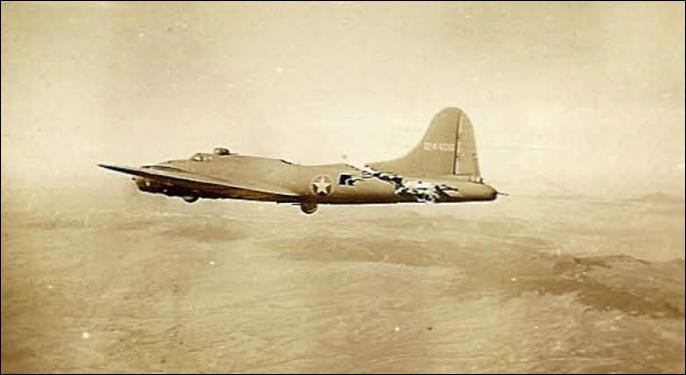Black 03 Z06
Power User
Moderator
RIP
Fascinating story about this plane the "All American Bomber" B17. Simply incredible and worth the read.

 warbirdsnews.com
warbirdsnews.com


The True Story of WWII's B-17 "All American"
The B-17 "All American" survived a mid-air collision in WWII. Its crew's courage and resourcefulness made it a legend of resilience in aviation history.
Last edited: